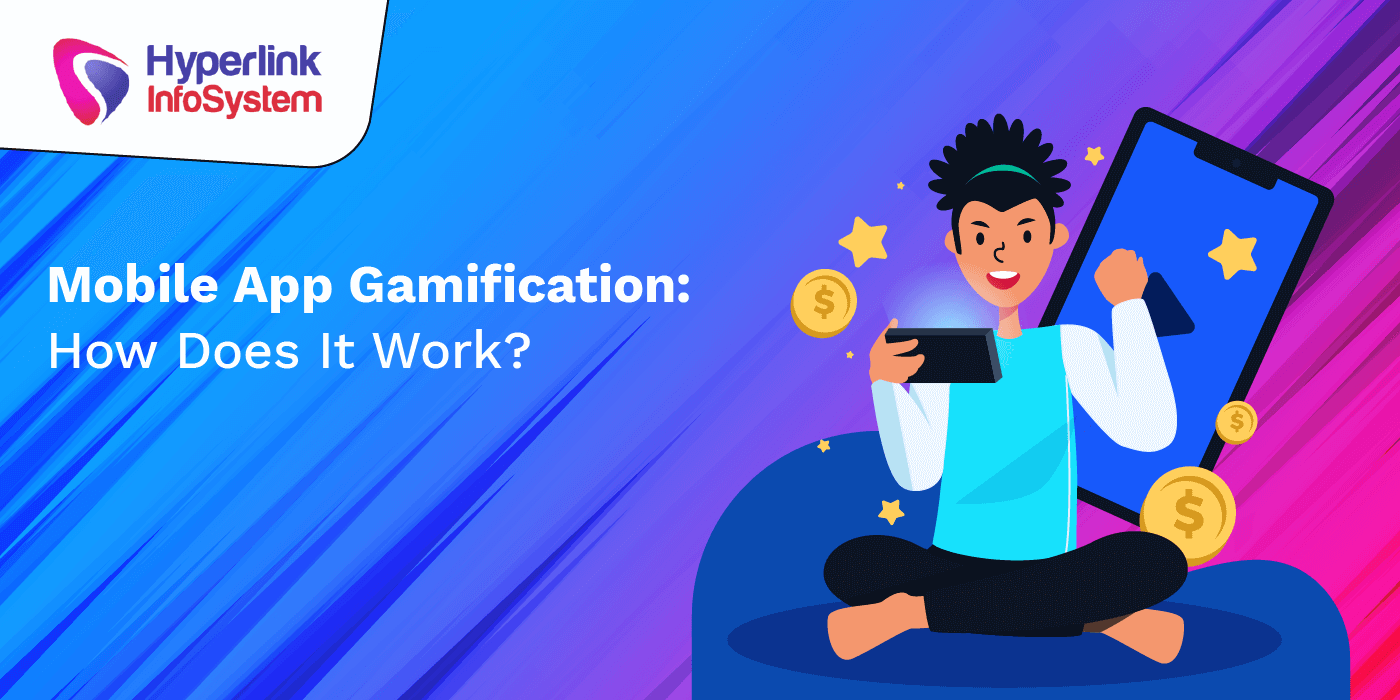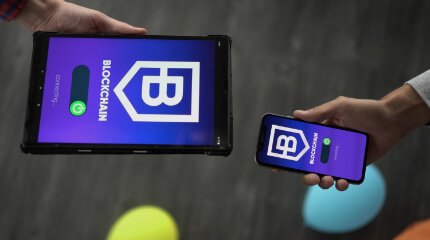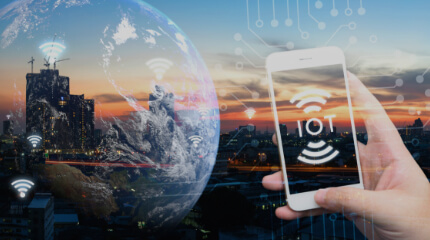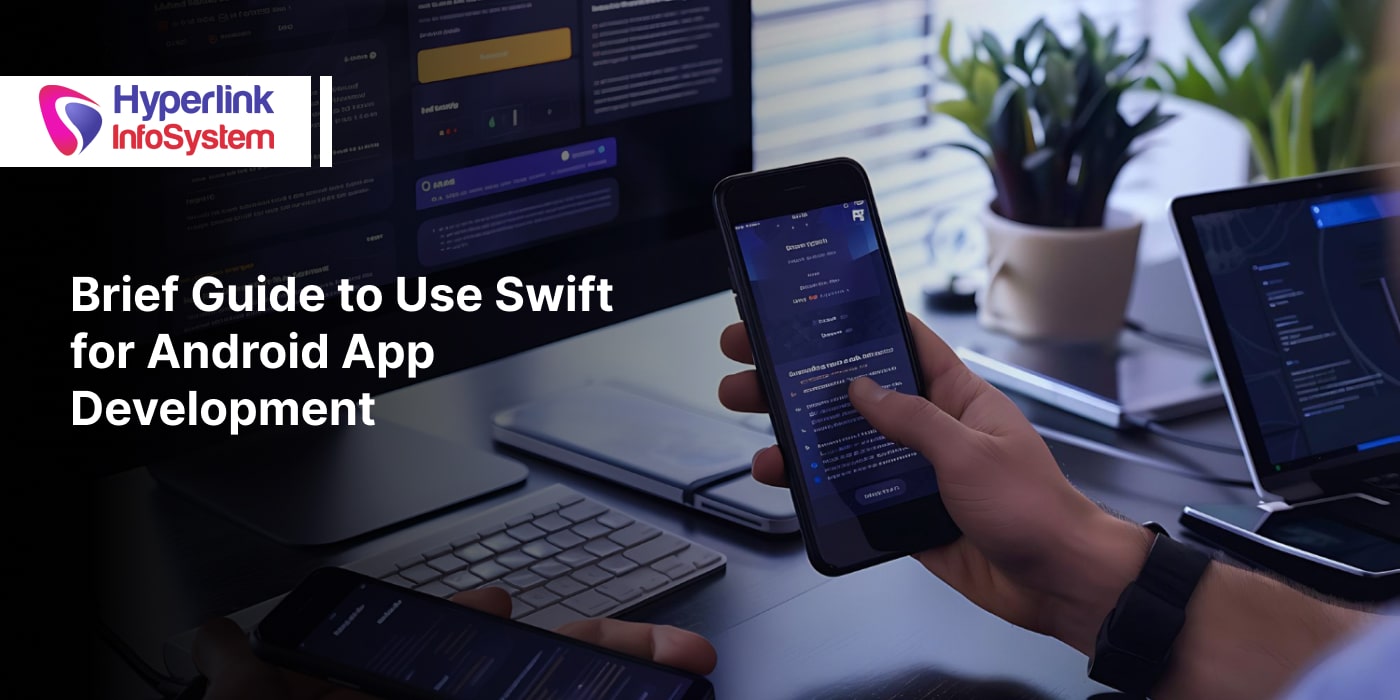As much as the demand for mobile apps is increasing, so is the supply. With increasing supply, it has become tough to stay in the competition if you don't have something unique to offer. Mobile app gamification is a user-focused method to boost engagement and traffic for your app. This article will shed light on the importance of gaming elements in your mobile app and increases user retention. Gamification is executing fun elements from games to the technology world. It also encourages users to come back and use the app again.
This strategy dramatically affects human behavior by making things more entertaining and fun for users. A well-designed gamification app can boost the app owners' earnings and can be included in your to-do-list of
mobile app development.
The Need of Mobile App Gamification
Gamification is a marketing strategy depending on game methods such as competition, social interaction, leaderboards, rewards, and progress display. People are more motivated to finish a task when they know they will be rewarded in the end. And gamification is a guide that raises users' interest in utilizing your product.
Providing different user experiences each time can lure the user into playing the game and increase user engagement. This will stimulate them to interact with the app more often. The winning opportunity impacts the user more than you think. This fulfills goals from both the ends, the business owner and the user.
A user is excited to accomplish the task and receive a reward for the same. And an entrepreneur extends his earnings and gets a happy client who is likely to get new people to join the app.
How Gamification Elements Works
Rewards
Stimulating users to earn rewards for using your app can benefit both sides. People are more likely to finish the activity if they know they will get rewards for their efforts. Boosting user engagement also brings an extra source of income.
There are several ways of app-based rewards and gamifying your mobile app. Some ways are: Spending time using an app, making in-app purchases, and participating in your app's competitions. Irrespective of the method you use, it must hold some inherent value for the users.
Meaningless badges and empty points are unsustainable and must not be included in your to-do-list mobile app development services. Another fantastic way to stimulate your users is to offer points that can get used as in-app currency. This way, users gain points that can get exchanged for physical or digital goods. Digital rewards are only valuable within an app. It is worthless in the real world. However, they tend to gratify users more than physical products.
Self-expression
Self-expression is desired by all humans and is the foundation of social networking apps. But, this desire can get addressed by designing other sorts of mobile apps. Users can express themselves better with badges, avatars, and other virtual products. Understanding your product and your user will help you become more successful.
Providing digital rewards is the next great tactic for retaining your customers and stimulating social interactions. Digital rewards reinforce relationships between the rewarder and rewarded, drags the recipient into an app to redeem the gift.
A messaging service app, Traces, use such gamification tactics. This app allows users to leave digital rewards utilizing any mixture of images, video, text, tickets, and vouchers at actual locations for their buddy's to pick up on reaching that location.
Achievements
The gamified mobile apps can have a combination of rewards and achievements. Since significant accomplishments are rewarded with digital trophies, badges, unlocking a new level, new status, or points, small accomplishments could even be recognized when the user is new to the app.
A few receiving recognition instances are sending a push notification or an email when the user gets their first story suggestion or first follower. People also like to share their accomplishments, especially when they are challenging to achieve. You can remind users to share their accolades right after receiving it.
Goals generally represent mobile app challenges. Users like they feel as if they are on a mission while using an app. Digital trophies do not have monetary value, but can successfully be shared via social media. Achievements are a super fun way to indulge your users.
Competition
At times, only recognition is not adequate. People are social animals and like to compare themselves with others. At times, winning is more important than recognition. Points can get used to display achievements, while leaderboards can rank users and their accomplishments. Leaderboards encourage users to become gamers, which stimulates competitiveness and can help drive the desired user behavior.
For instance, TwoFit is a workout app that has a competitive element. Users can dare their pals to do a workout routine. They can compete against one another and view their final scores. The results are then displayed on the challenge board.
However, in this case, workout and competition complement one another, not everyone is interested in competing. Some people like to work in teams and mutual support.
Status
Humans are usually proud and like to prove their status. Ratings or levels are the digital rankings that can help them earn the position they desire. In Twitter, your status is amplified by the number of fans you have, on Facebook, it is the number of likes or subscriptions to your page. LinkedIn has an "All-Star" status once you complete filling all the sections of your profile.
Wrapping up!
Most developers use Apple's Game Center, Google Game Services, and Amazon Game Circle; however, you don't have to depend on such tools while creating your app. These tools exist for game development, but all apps can use a few features these libraries offer. It's easier to add rewards, badges, virtual goods, leaderboards, and more gamification elements to your app.
Many mobile app development companies are have already started using such gamification tactics. Gamifying, an app can render a unique experience and thus make your app more engaging. More engagement gets your app more noticed, discovered, and revenues. Hence, if you haven't thought of it yet, consider it now.

























